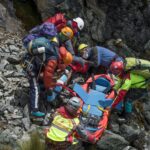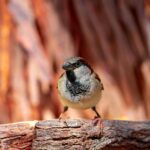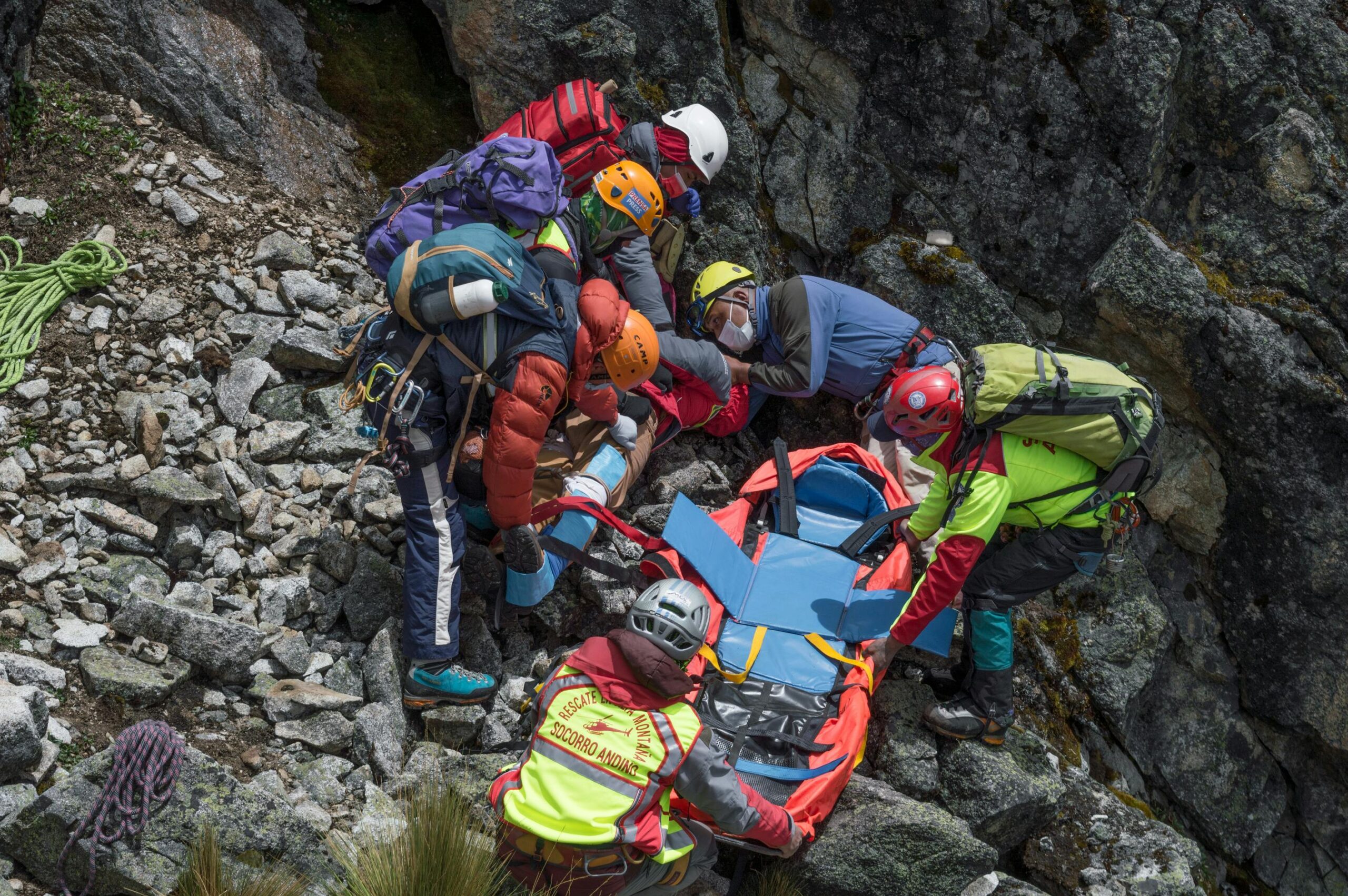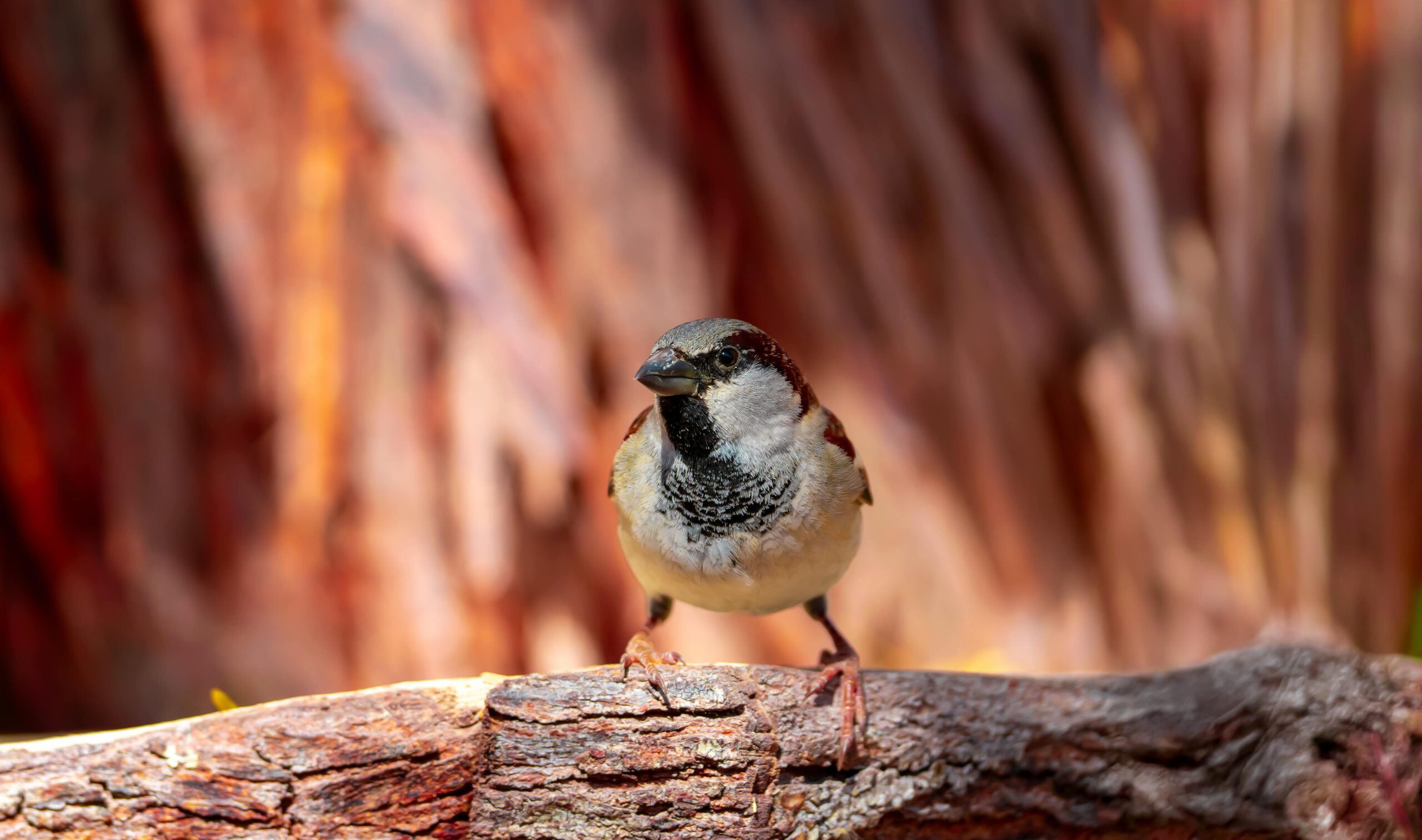Betrayal in the Wild: The Dark Underbelly of Conservation Efforts
Introduction
In the heart of our planet’s most vulnerable ecosystems, a shadowy narrative unfolds, where the noble cause of conservation is often marred by corruption and exploitation. The IUCN Red List paints a grim picture: over 46,300 species are threatened with extinction, with 44% of reef-building corals and 71% of cycads teetering on the brink[1]. But what happens when the very efforts meant to protect these species are hijacked by self-interest and greed? This blog post delves into the untold stories of conservation’s dark side, where the line between savior and predator is blurred.
The Hidden Face of Conservation
The conservation world is not always as it seems. Behind the scenes, there are those who exploit endangered species for personal gain, whether through the black market trade of endangered animals or the manipulation of conservation laws. This dark underbelly is a stark contrast to the noble facade of saving the planet’s most vulnerable creatures.
- The Black Market Trade: The illegal trade of endangered species is a lucrative business, with many animals being poached and sold on the black market. This not only harms the species but also undermines genuine conservation efforts.
- Manipulation of Conservation Laws: Some individuals and organizations manipulate conservation laws for personal gain, whether it’s to exploit natural resources or to bypass regulations meant to protect endangered species.
The Impact of Exploitation
The exploitation of endangered species has far-reaching consequences, not only for the species themselves but also for the ecosystems they inhabit.
- Declining Species Populations: The overexploitation of species can lead to significant declines in population numbers, making them even more vulnerable to extinction.
- Ecosystem Disruption: The removal of key species can disrupt entire ecosystems, leading to cascading effects that can be irreversible.
The Role of Animal Sanctuaries
Animal sanctuaries play a critical role in wildlife conservation efforts, providing a safe haven for rescued animals and supporting breeding programs for endangered species[2].
- Rescue and Rehabilitation: Sanctuaries rescue and rehabilitate animals that have been exploited or abused, giving them a second chance at life.
- Conservation Breeding Programs: Many sanctuaries engage in carefully managed breeding programs to bolster endangered species populations and create a genetic safety net for the future.
Practical Tips for Aspiring Photographers
Capturing the beauty and vulnerability of endangered species can be a powerful tool for raising awareness and inspiring action.
- Ethical Wildlife Photography: Always prioritize the welfare and safety of the animals you photograph. Avoid causing stress or disrupting their natural behavior.
- Documenting Conservation Efforts: Use your camera to tell the stories of conservation efforts, both the successes and the challenges. This can help raise awareness and inspire action.
Conclusion
The dark underbelly of conservation efforts is a stark reminder that not all actions taken in the name of conservation are genuinely aimed at protecting our planet’s most vulnerable species. By shedding light on these issues and promoting ethical and sustainable practices, we can work towards a future where conservation truly means protection and preservation, not exploitation and greed.
References:
- [1] IUCN Red List
- [2] https://sandiegoanimalsanctuaryandfarm.org/the-impact-of-animal-sanctuaries-on-wildlife-conservation/
- [3] https://www.int-res.com/prepress/n01370.html
- [4] https://www.ncelenviro.org/articles/strengthening-state-endangered-species-acts-to-conserve-biodiversity/
- [5] https://earthjournalism.net/stories/hunting-killing-for-conservation
Social Media Trends:
- #ConservationChallenges: Share stories and photos highlighting the challenges faced by conservation efforts.
- #WildlifePhotographyEthics: Discuss the importance of ethical wildlife photography and share tips for aspiring photographers.
- #EndangeredSpeciesAwareness: Raise awareness about endangered species and the threats they face, using powerful images and compelling stories.










